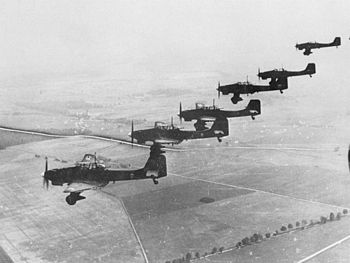Tag: Games
-
What you missed at CLWG in September 2011
Three interesting games and a load of cake! We started with Peter Merritt’s 1814 political game which looked at how Napoleon’s Marshals dealt with the oncoming defeat of France and the transfer of power. Following that Andrew Hadley brought out his game about the Athenian invasion of Sicily. We then finished with Rob Cooper’s game about…
-

Book Review – Blitzkrieg Legend
A book review of Bltzkrieg Legend, the German Army official history of the 1940 Campaign in the West
-
Inspiration – Glencoe & Dinosaurs
Inspiration struck not once, but twice! Got two outline games designs in my head, one of which I’m putting on next Saturday at the CLWG Christmas meeting.
-
Battle of the Hills, 21 January 1943
This is a short article about the advance of the 51st Highland Division in Tunisia in the follow up from El Alamein. I wrote this to be played as a tabletop wargame.
-
CLWG Games Weekend 2007 Reports
Offside reports from the 2007 CLWG Games weekend, including – Jim’s Breeding Idea – Siege of Yendor tryout – Religion in Brian Cameron’s ‘Hapsburg Ascendant’ – Onside report of my ‘Orange & Lemon’ – Jim’s ‘Blitz Firefighting’
-
Hot Blood & Cold Steel – onside Report
This was a design session on how to do a WW1 skirmish game, focusing mainly delivering a participation game for Jerry Elsmore’s 50th Birthday con. I’d already done a first darft of the rules but wanted to talk through some of the principles about what I wanted to achieve. I found the discussion particularly useful…
-
Revolutionary Warfare
When I played Andy Grainger’s A Month in Country I immediately thought of some of the parallels with the Revolutionary Warfare (RW) game that I have run myself a couple of times, although with only a few players. I would particularly like to re-do my Palestine game as the players I ended up with (well…
-
What you missed at the January meeting of CLWG
The Chestnut Lodge Wargames Group (CLWG) January meeting (Sunday 9th January) was in Jim’s office near Holborn. This one had 14 members in attendance. When I turned up there was a promotion board going on for one of the characters in our long-running Starship Marine campaign (details of the campaign and a history of the…
-
Invasion of the West – Onside Report
Invasion of the West was a Cold War turned hot alternative history game that I ran at the March meeting of Chestnut Lodge Wargames Group (CLWG). Having cast around for someone to do a plan for Invasion of the West Mukul volunteered, even though he wasn’t able to turn up on Saturday. Mukul’s plan is…